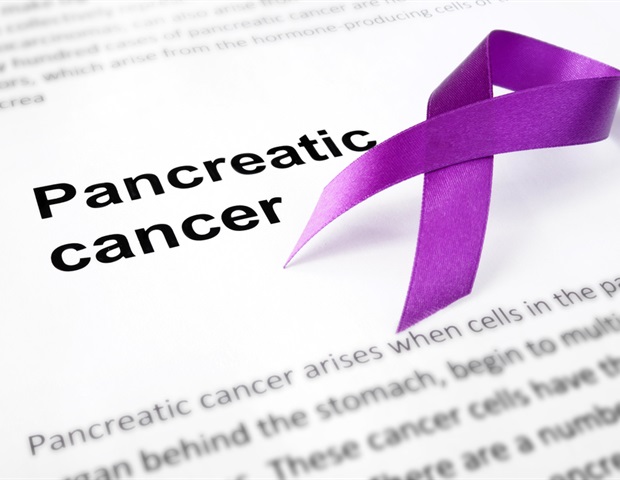A new study published today in JAMA Network Open by an international cohort of researchers provides the latest data on the effectiveness of treating pancreatic cancer patients with chemotherapy (with or without radiation therapy) before surgery to remove a tumor. The study focuses specifically on pancreatic adenocarcinoma patients. The research found that after treatment and surgery, nearly five percent of patients had no detectable cancer cells left in the area where the tumor was, achieving a pathological complete response (pCR).
PCR means that the cancer has responded extremely well to the treatment, leaving no evidence of cancer in the area examined. Although pCR does not mean someone is cured, patients who have pCR tend to live longer." Marco Del Chiaro, MD, PhD, paper's senior author, division chief of surgical oncology at the CU Cancer Center on the University of Colorado Anschutz Medical Campus The study found those with pCR had a 5-year survival rate of 63 percent, whereas those without it had a rate of only 30 percent.

This means the survival rate doubles with pCR. These results are helpful to inform patients after surgery, providing information on their prognosis. "This increase is a big deal for a disease like pancreatic cancer where progress and treatments have gradually improved over the years but is still much lower than other cancers," adds Del Chiaro.
The paper also goes into detail about the factors that contribute to pCR. The researchers assessed nearly 1,7.























